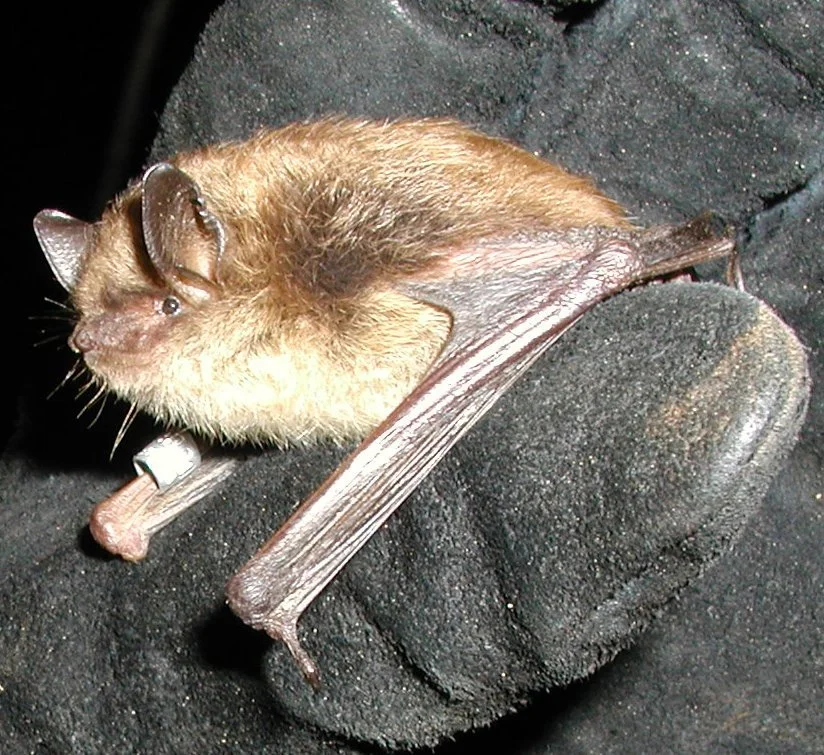Bat Week is Oct. 24-31 as bats are on the move
Oct. 22, 2022 | By Vermont Fish & Wildlife Department | press release A little brown bat. Vt. Fish & Wildlife Dept. photo
The onset of fall sends Vermont’s bats into motion, which makes it an important time for conservation-minded Vermonters to learn about, and help conserve our nine native bat species.
Next week is Bat Week, Oct. 24-31, with programs and tips to raise awareness about the vital ecological function of bats and to dispel the many myths and misinformation about them.
If you have noticed bats roosting in your attic, barn, or office over the summer, fall is the perfect time to safely evict these uninvited guests from your property. This is because summer groups of bats that roost in buildings begin to scatter in the fall, in preparation for migration or hibernation. You can learn how to safely evict bats from your building at the Vermont Fish and Wildlife Department’s best management practices page.
You can also help bat conservation efforts by reporting large colonies of bats living in structures to the department’s website. Locations with rare colonies of endangered little brown bats are eligible for free bat houses from Vermont Fish and Wildlife.
Bat houses provide an alternative location for safely evicted bats to remain in your yard and continue eating huge quantities of insects that may be forest, agricultural, or human pests. Bat houses can be put up any time of year but do require some simple maintenance. Late fall or winter is the time to look up inside your bat house and make sure all the bats have left before cleaning out any abandoned wasp nests and planning any needed caulking or repainting.
“Fall also means Halloween, and scary images of bats, but this presents an opportunity to bring positive attention to bats as well,” said Alyssa Bennett, Vermont Fish & Wildlife Small Mammals Biologist. “So, we celebrate ‘Bat Week’ in the days leading up to Halloween.”
Bennett added that learning about the importance of bats in our ecosystems does not mean the public should overlook the department’s guidance on safety in cases of contact with wild animals.
“We ask the public let wildlife be wild and not handle bats, even though the incidence of rabies is less than 1% in the natural population,” Bennett said. “If you are bitten or scratched by a bat, you find one in a room with a sleeping person or an unattended child, or your pet has had direct contact with a bat, please call the Rabies Hotline at 1-800-4-RABIES to find out if the bat should be tested.”
This year, Bennett will be giving a public talk about Vermont’s nine native bat species at the Hannaford Career Center in Middlebury on Wednesday, Oct. 26, from 6 to 7 p.m. Register for the talk on the department’s events page.
Anyone interested in learning more can visit the official Bat Week website here, or email alyssa.bennett@vermont.gov for more information about what they can do right here in Vermont to promote bat conservation.
“Vermont is home to several species of threatened and endangered bats that we are working to conserve and recover—we hope Vermonters will support these efforts and come to enjoy seeing bats in their natural environment,” Bennett said. “Bats are a very important part of our natural world and now, more than ever, they need our help.”

